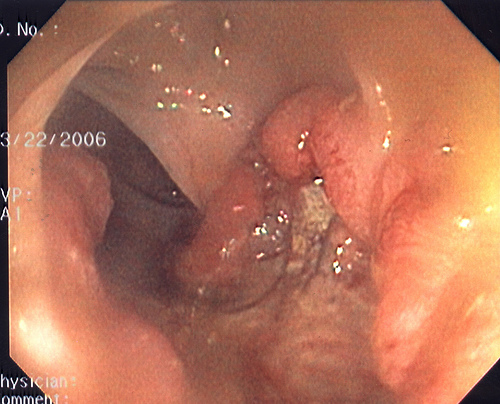
No more leaks: Stimulating the leg with an electric current can ease the symptoms of ?incontinence
Stimulating the leg with an electric current can ease the symptoms of ?incontinence.
New research has found the technique helped 70 per cent of women with an overactive bladder and more than halved the frequency of their symptoms.
The condition is caused by the bladder muscle contracting before the organ is full. Symptoms include the need to ?urinate often and without much warning, and urge incontinence — where there is a strong need to urinate which cannot be stopped.
It is estimated that around one in five women over 40 experience some form of incontinence. Most cases are either stress incontinence, which occurs when the ?pelvic floor muscles become ?weakened — often by pregnancy or ?ageing — or urge incontinence.
Urge incontinence occurs when the ?signals between the brain and the ?muscles that control the bladder become mixed up.
The cause is largely unknown, although it is linked to hormones (it’s more ?common in women after the ?menopause), childbirth and nerve problems.
Although men and women suffer equally, women are more likely to have accidents.
Men have two sphincter muscles and the prostate to help control the bladder, rather than just one ?partial sphincter in women.
Most people can hold 350ml to 550ml of urine, but the nervous system ?usually signals the need to urinate when there is about 200ml in the bladder. with urge ?incontinence, people often need to go even before this.
Conventional treatments include pelvic floor exercises to strengthen the muscles and ?bladder training, which involves learning techniques to increase the time between feeling the need to urinate and passing urine.
Medication can also help by ?blocking the nerve impulses to the bladder that cause it to contract and leak. but it is estimated that up to a third of patients will not be helped by these therapies. for some, ?surgery is the only option.
One solution is to have a ?permanently implanted device, which ?electrically stimulates a group of nerves at the base of the spine called the ?sacral nerve plexus.
These nerves run down the spine to the back of the leg and into the foot, and are involved in ?controlling the bladder. the device stimulates them permanently.
But the latest technique, known as percutaneous tibial nerve ?stimulation, doesn’t involve an implant. Instead, doctors insert a small needle into the calf to ?stimulate the tibial nerve — this runs up through the calf to the ?sacral plexus.
The needle is connected to a device that sends electrical pulses into the nerve — and the ?therapy is ?painless. In a new trial, led by doctors from North ?Middlesex University ?Hospital in London, 43 women with an ?average age of 55 had a 30-minute treatment each week.
None of the women had ?benefited from other treatments previously.
At the end of the six weeks, 70 per cent of them showed an improvement in symptoms.
Frequency of urination declined from an average of 15 to seven times in 24 hours, while the ?average number of incontinence pads required also fell by 34 per cent.
It is thought nerve stimulation works by blocking the signals from the hyper-reactive nerves in the bladder. Gradually, it also re-trains the nerves to behave normally.
However, the research suggests the treatment must be repeated fairly frequently; patients reported their symptoms worsening three weeks after the treatment ended.
Raj Persad, consultant ?urologist at the Bristol Royal Infirmary and ?Southmead Hospital, says: ‘Urge ?incontinence is a ?troublesome symptom, which can ruin a patient’s quality of life.
‘when tablets fail, we may try Botox injections into the bladder, but this involves a general ?anaesthetic. Beyond this, only major surgery is left as a ?treatment option.
‘Tibial nerve stimulation ?treatment allows an easily ?delivered treatment to be offered without the need for ?general ?anaesthetic. the results look encouraging, and in the long run it may be a more economical ?treatment than medication.’
- A plaster you stick on your back could be another way to stimulate the sacral nerves which control the bladder. although sacral ?stimulation ?usually involves implanting an ?electrode near the sacral nerve in the spine, ?researchers at the ?Princess Anne Hospital in ?Southampton are ?assessing whether a new adhesive patch could also help. the patch contains ?nerve-?stimulating electrodes powered by a small battery. In the trial, the non-invasive patches will be worn for a month and changed every week.